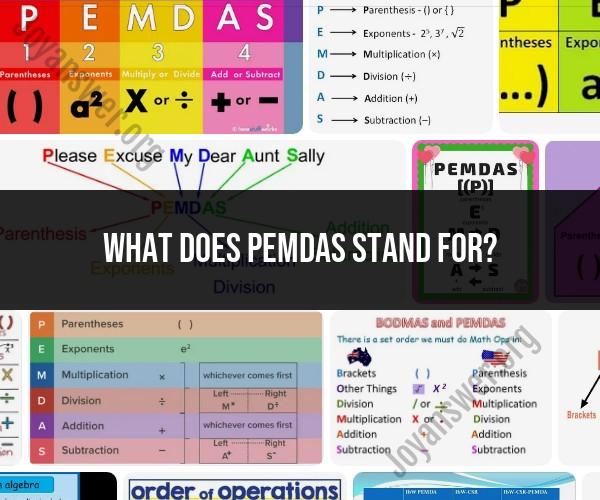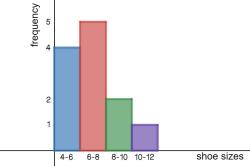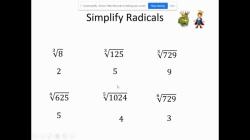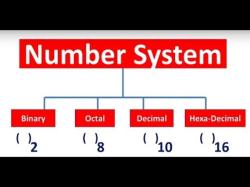What does PEMDAS stand for?
PEMDAS is an acronym that represents the order of operations in mathematics. It stands for:
P - Parentheses: Perform calculations inside parentheses first. Evaluate expressions enclosed in parentheses or brackets before anything else.
E - Exponents: Calculate any exponents or powers. This includes raising numbers to a certain power or taking square roots.
M - Multiplication: Perform multiplication and division from left to right. These operations have equal precedence, so you calculate them in the order they appear.
D - Division: Similar to multiplication, perform division operations from left to right.
A - Addition: Add and subtract values from left to right. Like multiplication and division, addition and subtraction have equal precedence.
S - Subtraction: Perform subtraction operations from left to right.
PEMDAS is a helpful mnemonic to remember the order of operations and ensure that mathematical expressions are evaluated consistently. Following these rules ensures that mathematical calculations are done correctly and consistently across different contexts.












